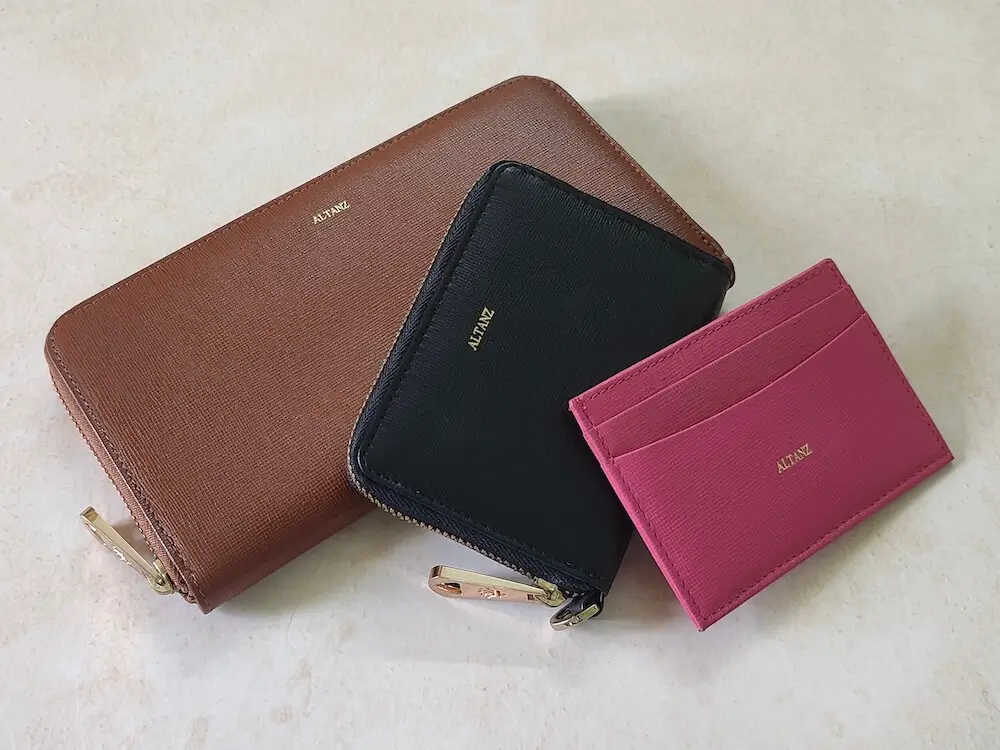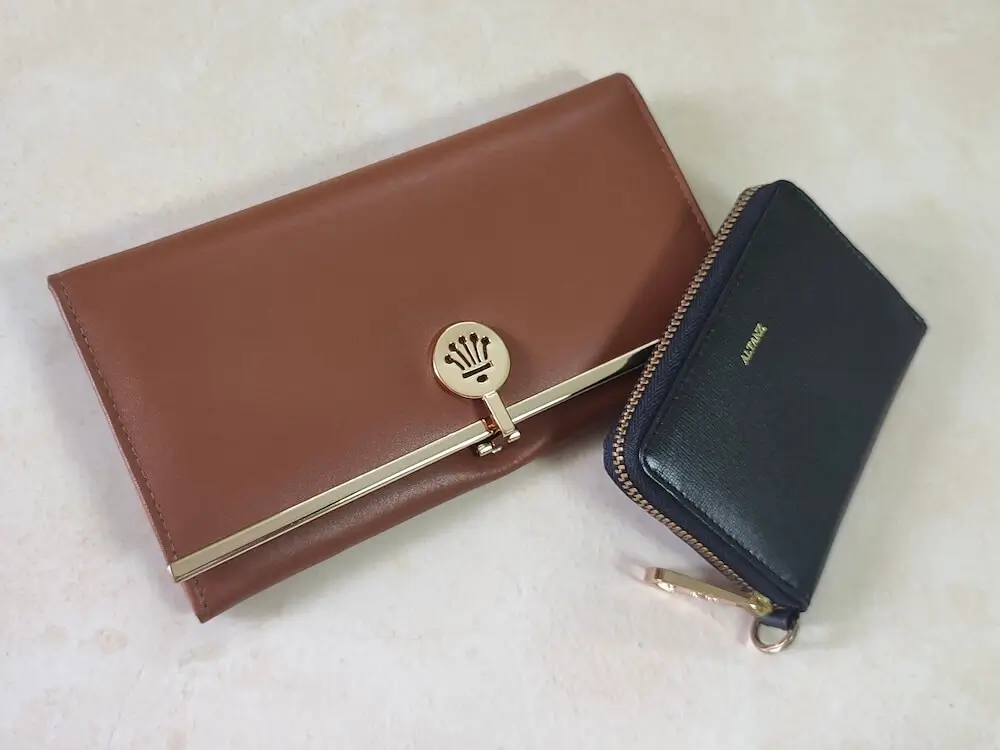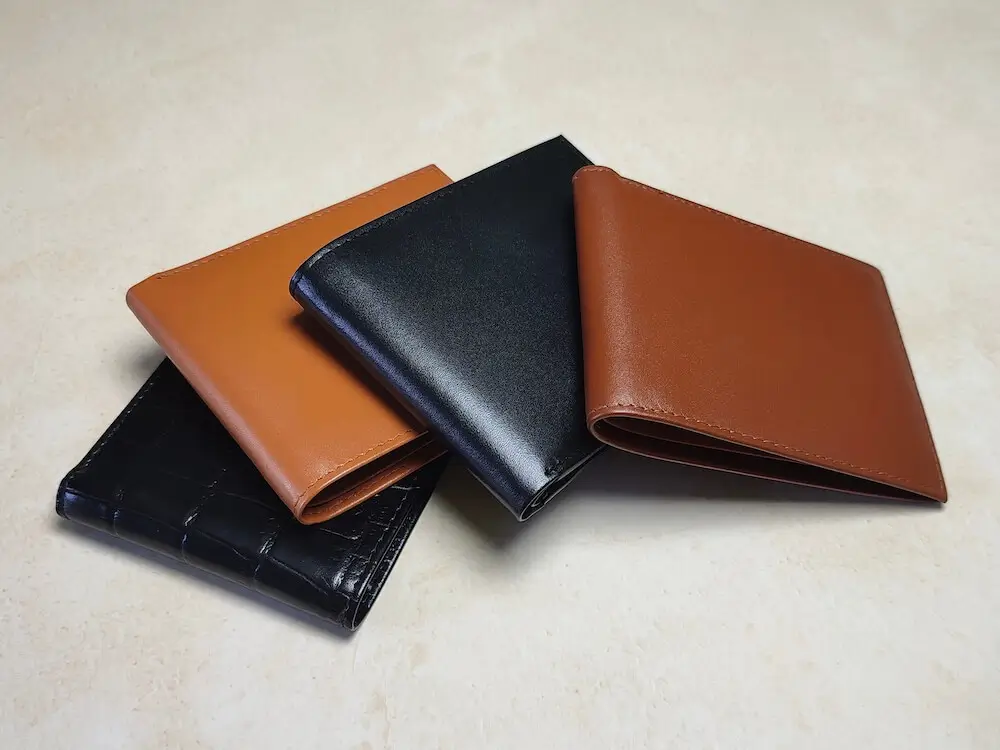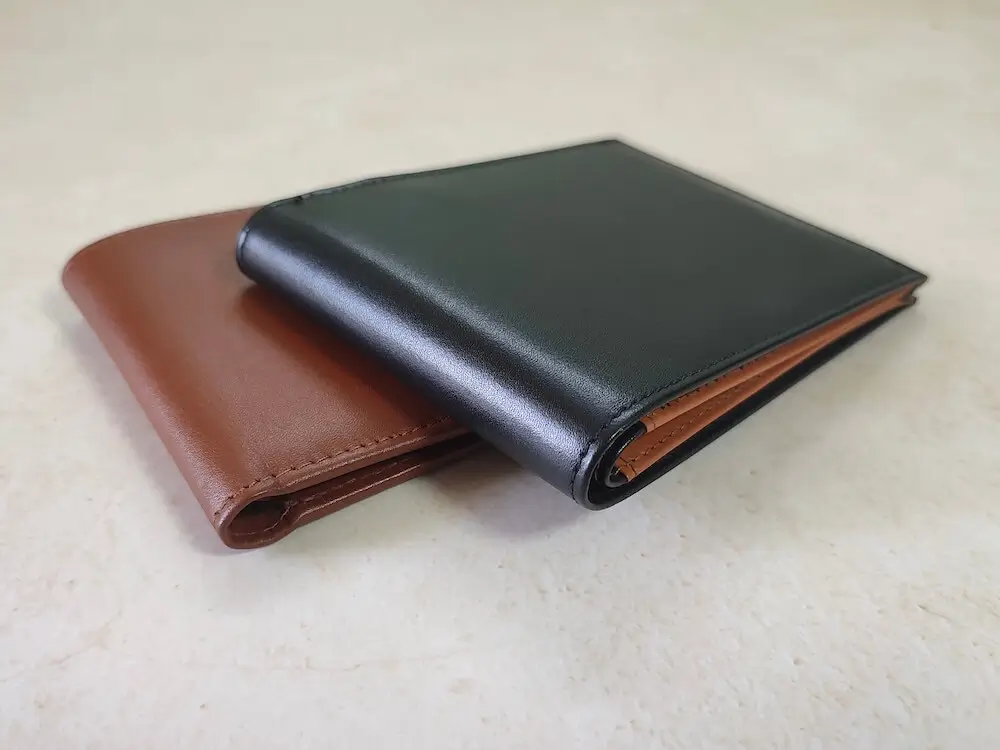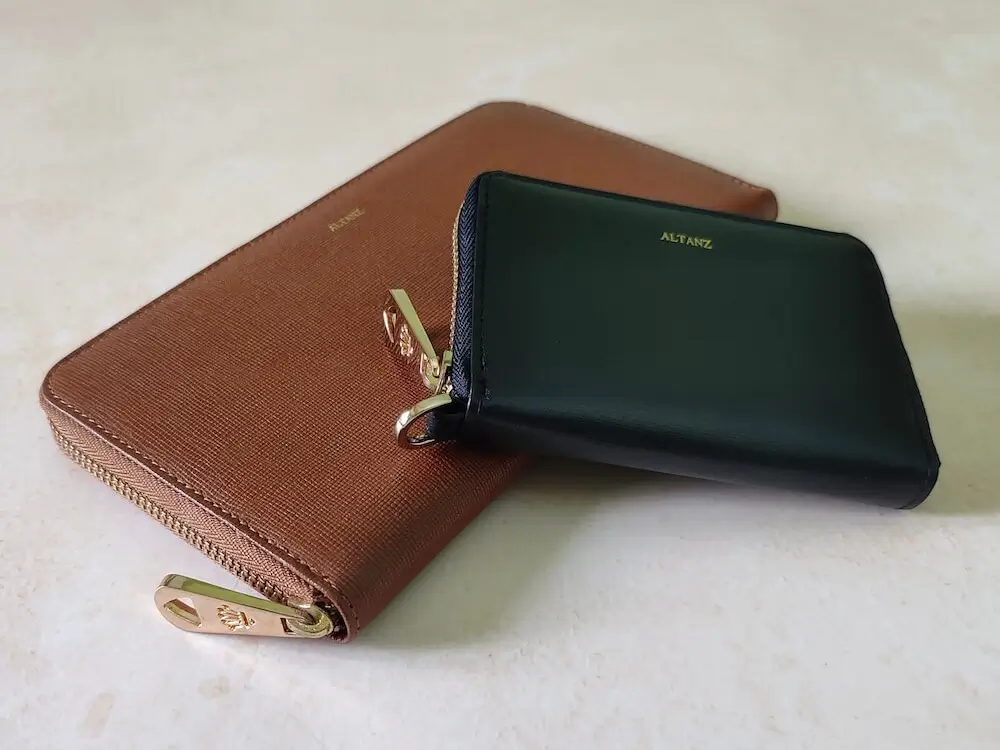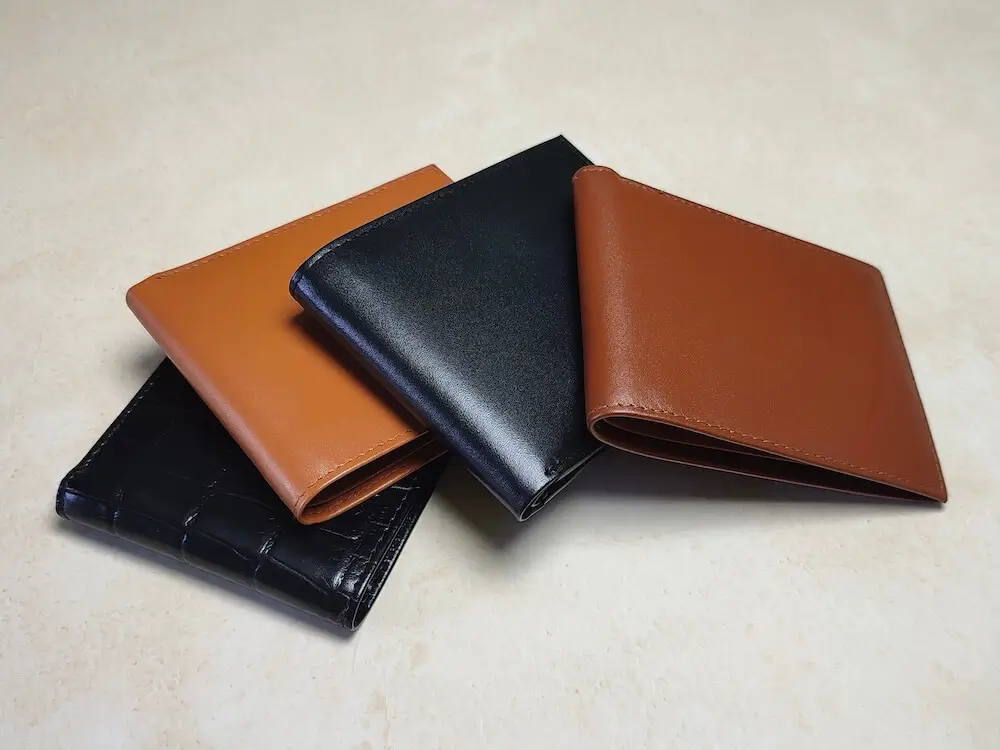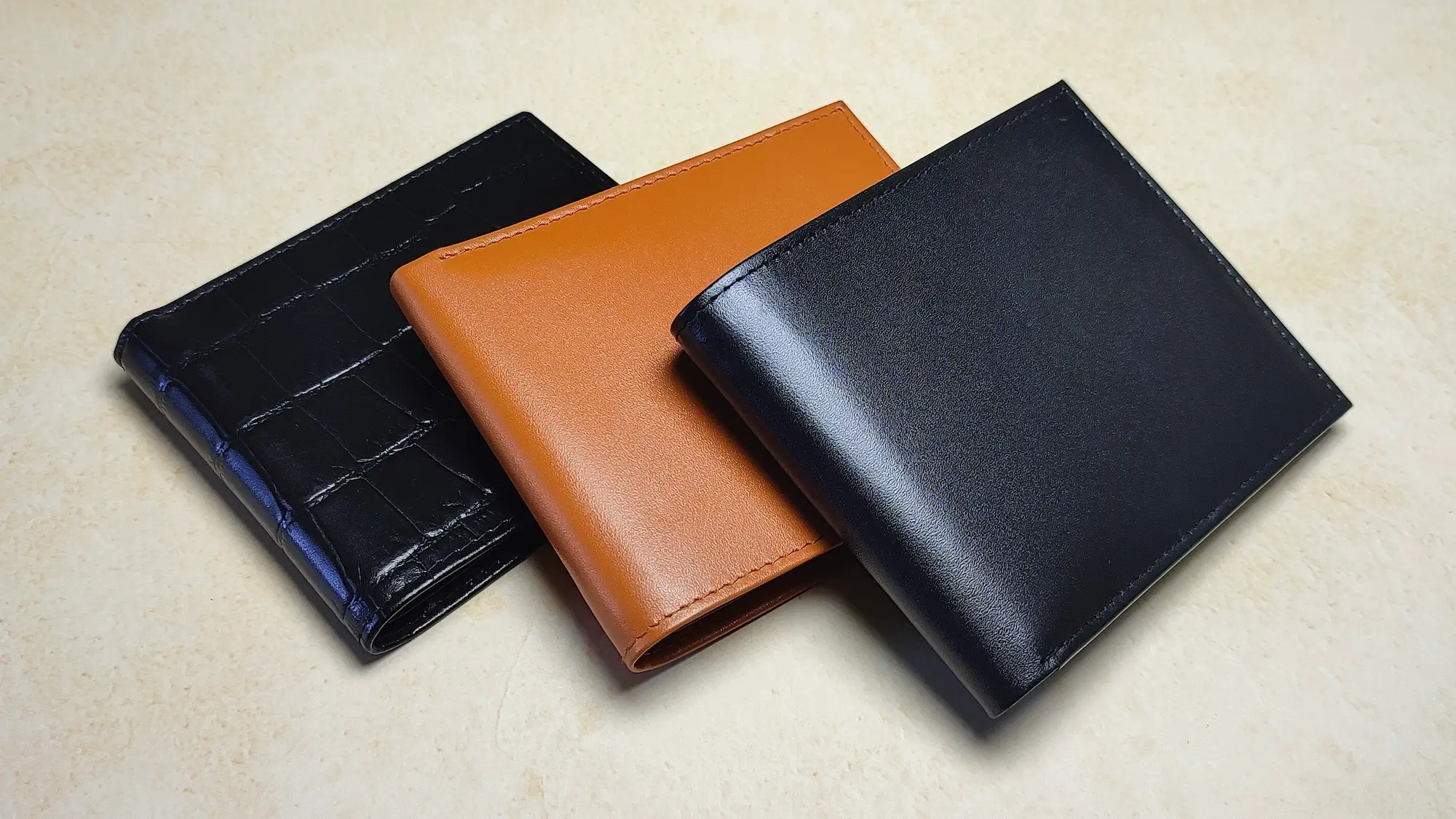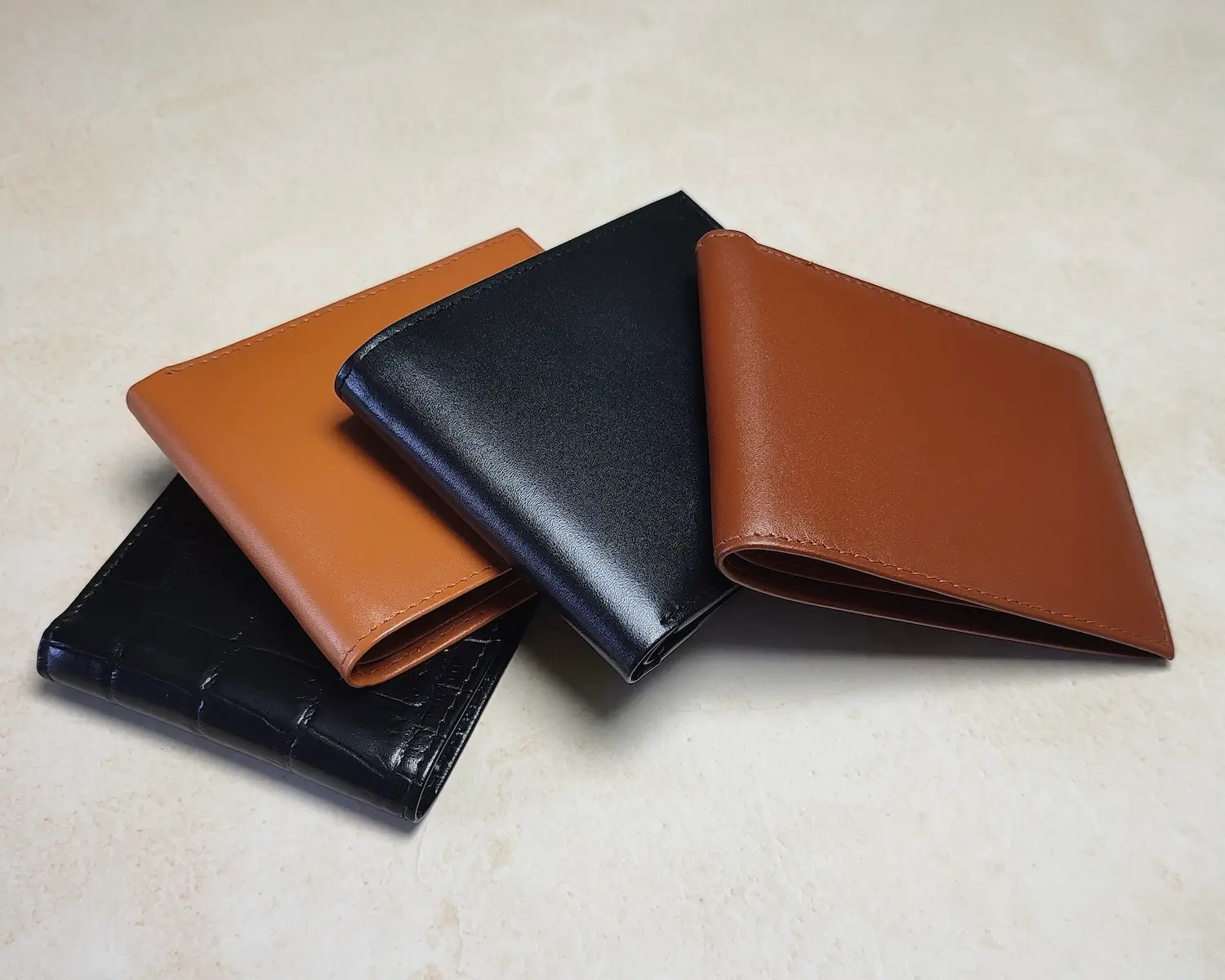Product Guides & Reviews
Why Investing in High-Quality Leather Is a Sustainable and Smart Choice
Introduction
Leather has long been a symbol of elegance, durability, and timeless appeal. However, not all leather is created equal. High-quality leather stands out for its exceptional craftsmanship, longevity, and sustainability.
In this article, we explore why investing in premium leather is both a sustainable and financially smart decision.
What Defines High-Quality Leather?
Understanding what makes leather “high-quality” is essential for recognizing its value and benefits.
Characteristics of Premium Leather
Premium leather is crafted with care and precision, using the best sections of animal hides:
- Full-Grain Leather: The most durable and natural type of leather, retaining its original grain.
- Top-Grain Leather: Slightly processed for a smoother finish while maintaining strength.
- Vegetable-Tanned Leather: Eco-friendly tanning that uses natural tannins instead of harmful chemicals.
Durability and Strength
High-quality leather is designed to withstand wear and tear:
- Resilient Material: Full-grain leather resists scratches and develops a patina rather than deteriorating.
- Long-Term Use: Properly maintained, premium leather items can last decades.
Aesthetic Appeal
One of the hallmarks of high-quality leather is its ability to age beautifully:
- Patina Development: Over time, leather gains a sheen and character unique to the owner’s use.
- Timeless Style: Premium leather goods retain their elegance, making them a staple across generations.
The Sustainability of High-Quality Leather
Choosing high-quality leather aligns with sustainability by promoting long-term use and reducing waste.
Longer Product Lifespan
Durable leather products reduce the environmental impact associated with frequent replacements:
- Reduced Consumption: Fewer items produced and discarded over time.
- Repairable: High-quality leather can often be repaired rather than replaced, extending its life.
Ethical Sourcing and Production
Sustainably produced leather prioritizes responsible practices:
- By-Product of Meat Industry: Most leather is made from hides that would otherwise go to waste.
- Certified Practices: Brands adhering to standards like Leather Working Group (LWG) ensure minimal environmental impact.
Biodegradability vs. Synthetic Alternatives
High-quality leather is more eco-friendly than synthetic options:
- Decomposition: Real leather decomposes naturally, unlike plastic-based faux leather that lingers in landfills.
- Fewer Microplastics: Unlike synthetics, leather does not contribute to microplastic pollution.
Financial Benefits of Investing in High-Quality Leather
Though the initial cost may be higher, premium leather offers significant financial advantages over time.
Cost-Per-Use Value
Durable leather goods save money in the long run:
- Example: A $300 leather bag that lasts 10 years costs $30 per year, compared to a $50 bag that needs replacing annually.
- Smart Spending: Fewer replacements mean overall savings.
Retained and Appreciating Value
Luxury leather products often hold or increase in value:
- Collectible Items: Limited-edition leather goods from brands like Hermès or Louis Vuitton can appreciate over time.
- Heirloom Quality: Well-maintained leather items can be passed down through generations.
Reduced Waste Spending
Cheaper alternatives often wear out quickly, leading to wasteful spending:
- Quality Over Quantity: Investing in one durable item eliminates the need for multiple replacements.
Iconic Leather Products Worth the Investment
Certain leather products are timeless and offer exceptional value for their versatility and durability.
Timeless Leather Bags
- Tote Bags: Perfect for work, travel, or casual outings.
- Crossbody Bags: Stylish and practical for daily use.
- Luxury Purses: Iconic designs from high-end brands that never go out of style.
Premium Leather Shoes and Boots
- Oxford Shoes: A staple for professional wardrobes.
- Leather Boots: Durable and versatile, suitable for various climates and occasions.
Leather Jackets and Outerwear
- Classic Biker Jackets: An evergreen style that adds edge to any outfit.
- Tailored Coats: Combining warmth with sophistication, leather outerwear lasts for decades.
How to Identify High-Quality Leather
Investing in premium leather requires the ability to distinguish high-quality products from lower-grade alternatives. Here are key factors to look for:
Texture and Smell
The texture and aroma of leather provide important clues about its quality:
- Texture: High-quality leather feels smooth yet firm, with a slightly grainy or natural finish. It should not feel overly processed or plasticky.
- Smell: Genuine leather has a rich, earthy aroma, while synthetic leather often smells of chemicals or plastic.
Craftsmanship Indicators
Attention to detail is a hallmark of premium leather products:
- Stitching: Look for even, tight stitching with no loose threads. Poor stitching is a sign of subpar construction.
- Seams and Edges: High-quality leather goods have clean, reinforced edges that prevent fraying.
- Hardware: Zippers, clasps, and other hardware should feel sturdy and well-secured, often made of metal rather than plastic.
Certifications and Brand Reputation
Reputable brands and certifications help ensure you’re buying sustainably and ethically made leather:
- Certifications: Look for standards like Leather Working Group (LWG) or ISO certifications, which indicate responsible practices.
- Brand Research: Established brands with a history of quality craftsmanship are more likely to offer premium products.
Caring for High-Quality Leather
Proper maintenance is crucial to maximize the lifespan of your leather goods and preserve their beauty.
Regular Cleaning and Conditioning
Routine care keeps leather in pristine condition:
- Cleaning: Wipe down with a damp, soft cloth to remove dust and dirt. Use a leather-specific cleaner for tougher stains.
- Conditioning: Apply a leather conditioner every few months to keep the material soft and supple, preventing cracks.
Protecting Against Environmental Damage
Environmental factors can impact leather’s durability and appearance:
- Waterproofing: Use a leather protector spray to shield against moisture and stains.
- Avoid Sunlight: Prolonged exposure to direct sunlight can cause fading and drying.
Repairing vs. Replacing
Repairing leather goods is often more sustainable and cost-effective than replacing them:
- Professional Repairs: Scuffs, tears, and hardware issues can often be fixed by a skilled leatherworker.
- DIY Maintenance: Minor scratches can be buffed out with a soft cloth and conditioner.
Conclusion
Investing in high-quality leather is a decision that combines style, sustainability, and financial sense. Its durability, timeless appeal, and eco-friendly benefits make it a standout choice for those seeking long-lasting value. By choosing premium leather products, you not only enhance your wardrobe but also contribute to a more sustainable future.
From understanding what defines quality leather to proper care and maintenance, your investment in high-quality leather can pay dividends for years—perhaps even decades. Whether it’s a classic leather bag, a sturdy pair of boots, or a stylish jacket, high-quality leather embodies a smart and sustainable lifestyle.
FAQs About High-Quality Leather Investments
-
How is high-quality leather better for the environment than cheaper leather or synthetic options?
High-quality leather is made to last, reducing waste and the need for frequent replacements. It is also biodegradable, unlike synthetic alternatives that contribute to plastic pollution. -
Why does high-quality leather cost more, and is it worth the investment?
The cost reflects the superior materials, craftsmanship, and durability of the product. Over time, the long lifespan of high-quality leather justifies the initial investment. -
What are the most durable types of leather?
Full-grain leather is the most durable, as it retains the hide’s natural strength and resists wear and tear. Top-grain leather is also highly resilient. -
How can I tell if a leather product is sustainably made?
Look for certifications like Leather Working Group (LWG) and research the brand’s commitment to ethical practices, including sourcing and tanning methods. -
Can high-quality leather goods be repaired if damaged?
Yes, most high-quality leather goods can be repaired, often returning to near-original condition. This extends their lifespan and reduces waste.
FAQ : Frequently Asked Questions
Why Investing in High-Quality Leather Is a Sustainable and Smart Choice
Answer:
High-quality leather is made to last, reducing waste and the need for frequent replacements. It is also biodegradable, unlike synthetic alternatives that contribute to plastic pollution.
Answer:
The cost reflects the superior materials, craftsmanship, and durability of the product. Over time, the long lifespan of high-quality leather justifies the initial investment.
Answer:
Full-grain leather is the most durable, as it retains the hide’s natural strength and resists wear and tear. Top-grain leather is also highly resilient.
Answer:
Look for certifications like Leather Working Group (LWG) and research the brand’s commitment to ethical practices, including sourcing and tanning methods.
Answer:
Yes, most high-quality leather goods can be repaired, often returning to near-original condition. This extends their lifespan and reduces waste.


